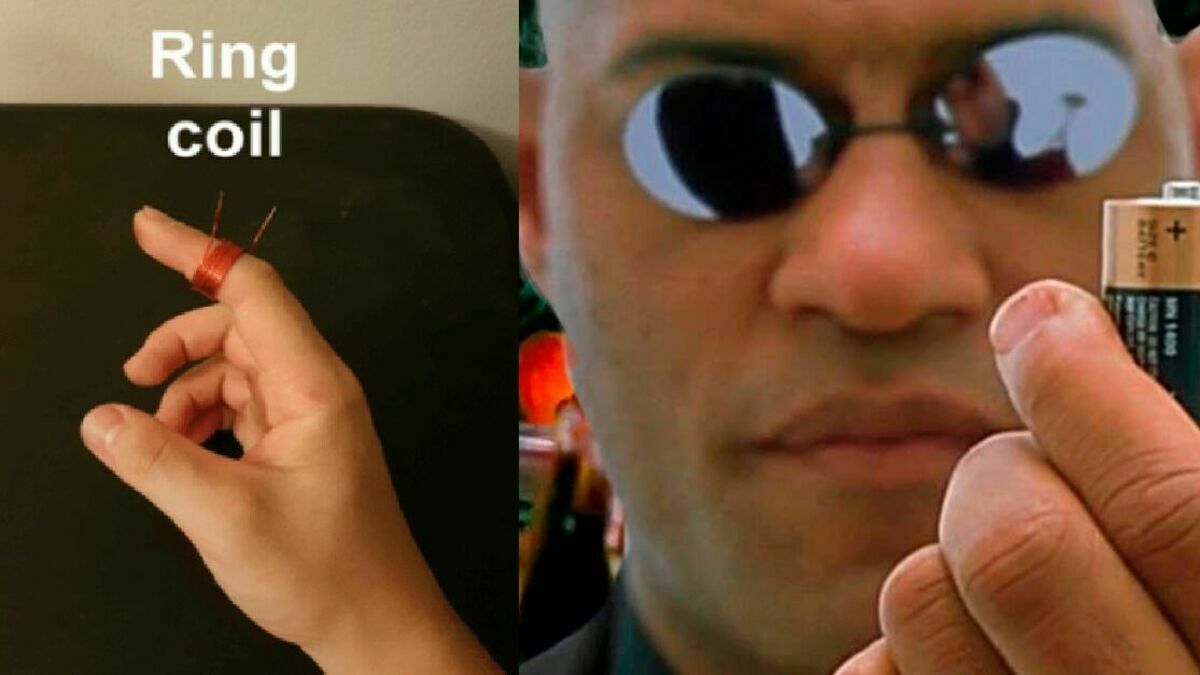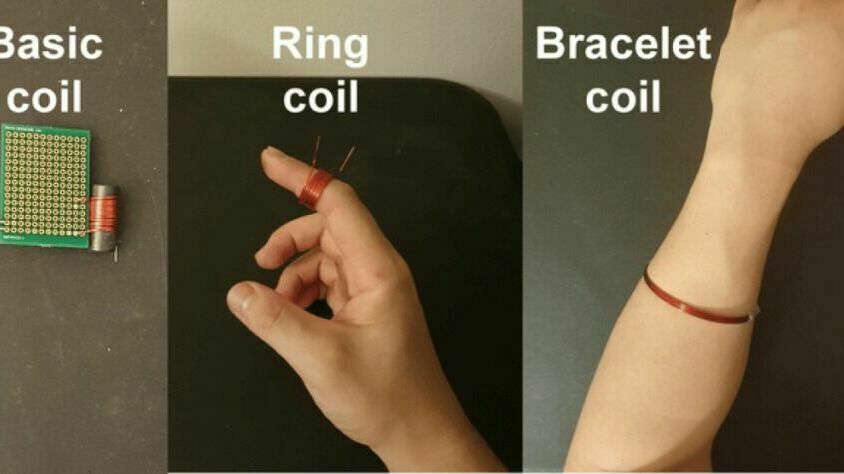Posted 2 февраля 2023, 20:37
Published 2 февраля 2023, 20:37
Modified 3 февраля 2023, 06:12
Updated 3 февраля 2023, 06:12

Media: 6G technology can use people as energy sources for cars
"People are batteries for cars," Morpheus explains to Neo in the film The Matrix. Just a few years ago, this phrase was still just a "Hollywood fantasy", but today this statement is very close to reality, writes Legitim.ch .
In a study conducted by the University of Massachusetts at Amherst, scientists have demonstrated that humans can be used as antennas in 6G technology.
While 5G cellular technology is just beginning to gain popularity around the world, this new study already concludes about the future of 6G.
"In particular, 6G telecommunications can take advantage of Visible Light Communication (VLC), which is a wireless version of traditional and delicate fiber optics.
VLC technology uses LED light to transmit data. Basically it works like Wi-Fi, but instead of radio waves VLC uses visible light.
What makes VLC so interesting for the future of wireless technology is that the infrastructure to use it already exists. Thanks to modern technologies and smart devices, our homes, cars, street lights and offices are illuminated by LED bulbs that can also transmit data," the portal notes.
"Anything that has a camera, like our smartphones, tablets or laptops, can be a receiver," explains Jie Xiong, a professor of computer science and computer science at the University of Massachusetts at Amherst.
Members of the research team explain that significant energy losses occur in VLC systems because LEDs emit radio waves. To capture and reuse this radio frequency leak, the team developed an antenna made of twisted copper wire.
Scientists asked the question, "which object captures this energy best: plastic, cardboard, wood, steel, phones turned on and off or other digital devices?".


When one of the research groups came up with the idea to wrap a coil around the human body, it turned out that people really are the best "environment" for collecting and amplifying the leaking energy. When attaching a coil to a person, it was possible to collect up to 10 times more energy than when using a simple coil.
Based on these results, the researchers developed an inexpensive wearable device called the Bracelet+, which can be worn on the shoulder.
The device can also be used as a wristband, ring, belt or necklace.
"The design is cheap, the cost is less than fifty cents. But such a bracelet can accumulate enough energy to support various sensors, including sensors for health monitoring," the authors of the study write.
"Ultimately, we want to be able to collect excess energy from any possible source to support future technologies," the website quotes Professor Xiong as saying.